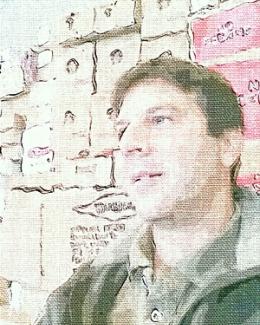Abstract
Summary
The dynamics of rapid changes in carbon (C) partitioning within forest ecosystems are not well understood, which limits improvement of mechanistic models of C cycling. Our objective was to inform model processes by describing relationships between C partitioning and accessible environmental or physiological measurements, with a special emphasis on belowground C flux. We exposed eight 7-year-old loblolly pine trees to air enriched with 13CO2 and then implemented adjacent light shade (LS) and heavy shade (HS) treatments in order to manipulate C uptake and flux. A soil pit was dug adjacent to the trees to provide greater access belowground. The impacts of shading on photosynthesis, plant water potential, sap flow, basal area growth, root growth, and soil C exchange rate (CER) were assessed for each tree over a three-week period. The progression of the 13C label was concurrently tracked from the atmosphere through foliage, phloem, roots, and soil CO2 efflux. The HS treatment significantly reduced C uptake, sap flow, stem growth and root standing crop, and resulted in greater residual soil water content to 1 m depth. Sap flow was strongly correlated with CER on the previous day, but not the current day, with no apparent treatment effect on the relationship. The 13C label was immediately detected in foliage on label day (half-life = 0.5 d), progressed through phloem by day 2 (half-life = 4.7 d), roots by day 2-4, and subsequently was evident as respiratory release from soil which peaked between days 3-6. The δ13C of soil CO2 efflux was strongly correlated with phloem δ13C on the previous day, or two days earlier. These data detail the timing and relative magnitude of C flux through a young pine stand in relation to environmental conditions. Refinement of belowground sampling will be necessary to adequately separate and quantify the flux of recently fixed C into roots, and fate of that new C as respiratory, mycorrhizal or exudative release, storage or partitioning into new root biomass.






